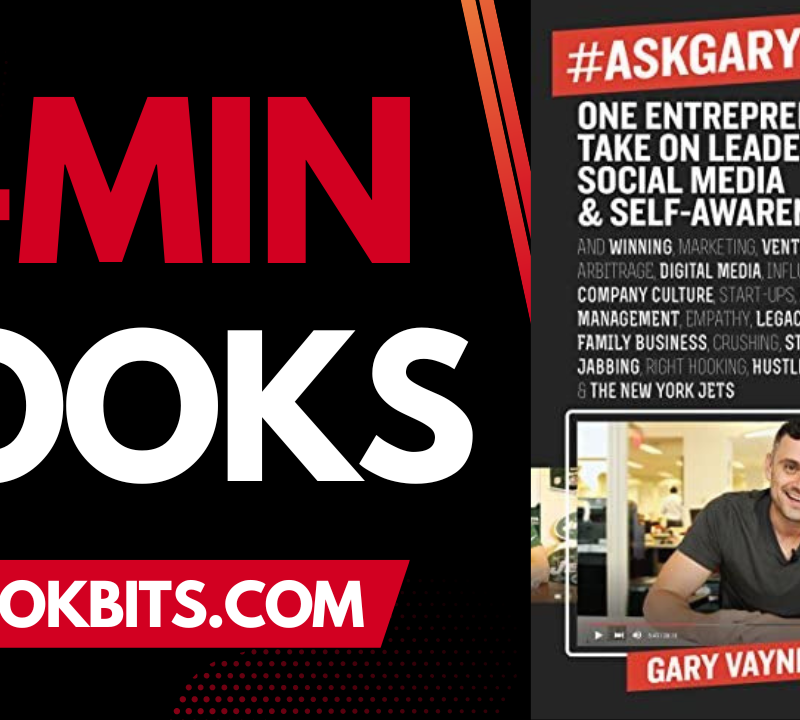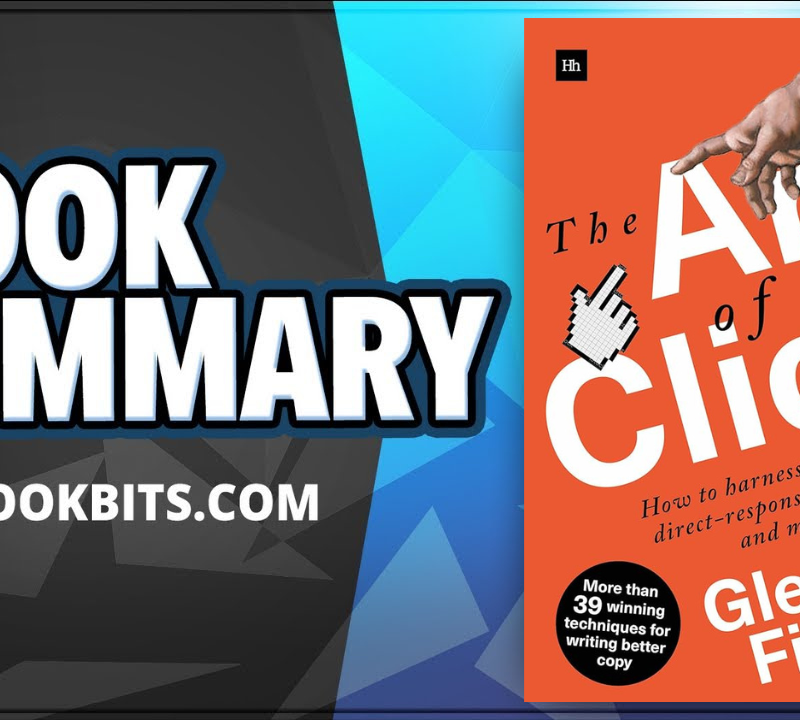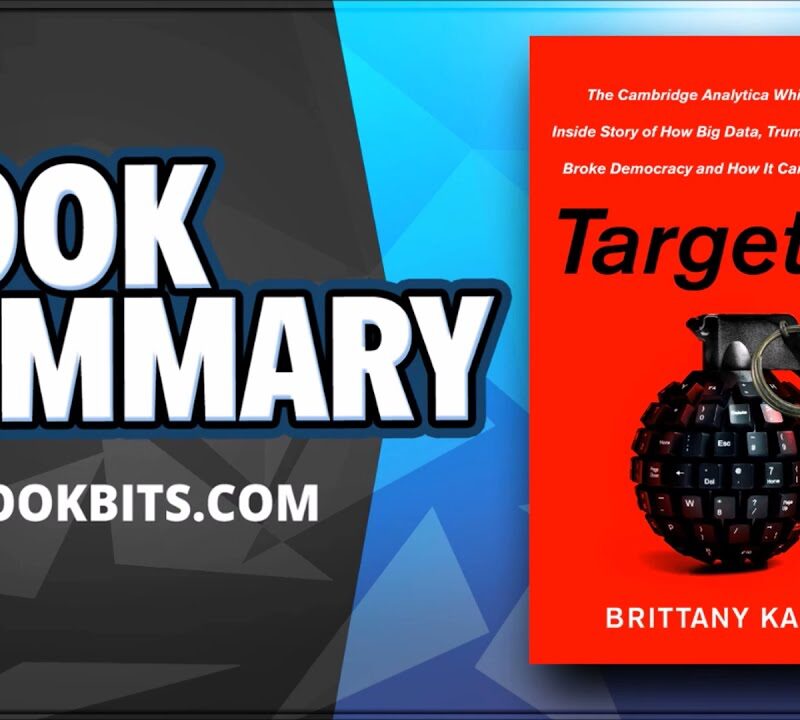CLICK THIS TO STOP TRYING TO ACHIEVE YOUR GOALS BY YOURSELF AND BE COACHED TODAY HERE
CLICK THIS TO DOWNLOAD THIS FREE PDF SUMMARY HERE
CLICK THESE FOR THE FOLLOWING Book | Summaries | Course
YouTube |Spotify | Instagram | Facebook | Newsletter | Website
- Delivering Happiness by Tony Hsieh
- Pay brand-new employees $2,000 to quit
Make customer service the responsibility of the entire company-not just a department
Focus on company culture as the #1 priority
Apply research from the science of happiness to running a business
Help employees grow-both personally and professionally
Seek to change the world
Oh, and make money too . . . - Sound crazy? It’s all standard operating procedure at Zappos, the online retailer that’s doing over $1 billion in gross merchandise sales annually. After debuting as the highest-ranking newcomer in Fortunemagazine’s annual “Best Companies to Work For” list in 2009, Zappos was acquired by Amazon in a deal valued at over $1.2 billion on the day of closing.
- In Delivering Happiness, Zappos CEO Tony Hsieh shares the different lessons he has learned in business and life, from starting a worm farm to running a pizza business, through Link Exchange, Zappos, and more. Fast-paced and down-to-earth, Delivering Happinessshows how a very different kind of corporate culture is a powerful model for achieving success-and how by concentrating on the happiness of those around you, you can dramatically increase your own.
- Key notes:
- Since he was young, he always aspired to make a lot of money so that he can do whatever he wanted and run his own company to do some creative work
- He once wrote a sonnet in Morse code. He got an A+ and learned that sometimes in life as in school, it pays to take risks and think outside the box
- Sometimes the truth alone isn’t enough. The presentation of the truthis just as important as the truth
- He and his roommate left a high paying job because they felt bored and unfulfilled at to run their own website design business
- They had the opportunity to sell their website Link Exchange for a million dollars but turned it down
- They turn down the deal to sell link exchange for $20 million because they saw a golden opportunity to do something big they were all excited about
- They started to grow so much and hire people outside of that circle of friends that they started to lose their company culture. He started to dread coming to work
- He realized that it wasn’t about the money, and building stuffand being creative made him happy. Connecting with friends and talking
- Happiness is really just about enjoying life
- He left Microsoft and decided to stop chasing the moneyand start chasing the passion
- Chapter 3: Diversify
- He started to learn the game of limit hold them poker and the mathematical probabilities
- He found many parallels between poker strategyand business strategies
- Don’t play games you don’t understand even if you see lots of other players making money
- Figure out the game when the stakes aren’t high
- He learned that the most important decisionhe could make was which table to sit at
- This was one of the biggest lessons learned and a-ha moments
- An experienced player can make 10 times the amountbased on table selection of who he’s playing with and the dynamics
- He made some bad investments and learned some valuable lessons
- It’s a bad idea to invest in an industry that you don’t understand, in companies you have no control or influence over, or in people you don’t know or trust
- Special note to himself: never lose sight of the value of a tribewhere people truly felt connected and cared for the well-being of one another
- To him, connectedness, the numberand depth of his relationships, was an important element of his happiness
- Once he sold his first company, he committed to the philosophy that experiences were much more important to him than material things
- He felt a spiritual and connectedness experience at his first real rave
- Scientific study shows that the combination of physical synchronywith other humans, and being a part of something bigger than oneself and thus momentarily losing a sense of self, leads to a greater sense of happiness
- Thus, the rave scene is something humans have experienced for a long time
- He really doesn’t like networking events or the idea of connecting with someone so you can help each other out
- He really enjoys just getting to know peopleand building relationships regardless of who they are
- He genuinely believes that there is something interesting about anyone and everyone. You just have to figure out what that something is
CLICK THIS TO STOP TRYING TO ACHIEVE YOUR GOALS BY YOURSELF AND BE COACHED TODAY HERE
CLICK THIS TO DOWNLOAD THIS FREE PDF SUMMARY HERE
CLICK THESE FOR THE FOLLOWING Book | Summaries | Course
YouTube |Spotify | Instagram | Facebook | Newsletter | Website
- If anything, it’s more interesting to build relationships outside of the business world because they can almost always offer a unique perspective and insights
- Also because those relationships tend to be more genuine
- From his experience, the benefit of getting to know someoneon a personal level usually happens 2 to 3 years after you start working on building the relationship
- It usually happens in a way you could not have possibly predicted at the beginning of the relationship
- Advice: stop trying to network in the traditional business sense. Instead, just try to build up the numberand depth of your friendships where the friendship itself is its own reward
- The more diverse your set of friendships are, the more likely you will derive both business and personal benefits from your friendships later down the road
- He found out that venture investing is a lot like poker. The one who makes the most money isn’t the one that tries to play and win the most hands as possible
- When he couldn’t get a second round of funding for his investments, he gained a lot of self-doubts
- He decided to take off his advisor and investor hat, and put on his entrepreneur hat
- He decided his passion was to prove people wrong, so he joined Zappos full-time in order to prove he could create success again
- Tweets to live by:
- “A great company is more likely to die of indigestion from too much opportunity than starvation from too little“
- “You can’t stop the waves, but you can learn to surf“
- “Be humble. In the beginner’s mind, there are many possibilities. But in the expert’s mind, there are few“
- Section 2: Profits and Passion
- Chapter 4: concentrate your position
- He decided to liquidate all of his assets in a fire sale in order to pay for their changing business strategy by combining dropship with selling live inventory
- They learned a valuable lesson: never outsource your core competency
- For them, it was warehousing
- He realized that the greater and long-term vision of Zappos would be amazing customer service
- They knew that they could not deliver their best customer service by relying on drop shipments. They would need to do 100% of their own fulfillment to do so
- They finally got the loan they needed from Wells Fargo to survive
- They created the Zappos’s culture book written by everyone and given out to prospective employees and vendors and customers
- Their move to Vegas forced them to work on their culture and get it right since they spent most of their time together
- 3 key areas they invested in that helped them hit their $1 billion goal 2 years early:
- Customer service
- Culture
- Employee training and development
- For marketing, a common trap is trying to create buzz. When really they should be focused on building engagement and trust
- Top 10 ways to instill customer serviceinto your company:
- Make customer service a priority for the whole company, not just a department. A customer service attitude needs to come from the top
- Make “wow” a verb as part of your companies everyday vocabulary
- Empower and trust your customer service reps. Trust that they want to provide great service because they actually do. Escalations to a supervisor should be rare
- Realize it is OK to fire customers who are insatiable or abuse your employees
- Don’t measure call times, force your employees to upsell, don’t use scripts
- Don’t hide your call number. It is a message not only to your customers but your employees as well
- View each call as an investment in building a customer service brand, not as an expense you are seeking to minimize
- Have the entire company celebrate great service. Tell stories of wow experiences to everyone in your company
- Find and hire people who are already passionate about customer service
- Give great service to everyone, customers, employees, and vendors
- At Zappos, their company culture is a priority as they demonstrate through their spontaneous and fun activities, as well as the structure and design of the company layout
- They came to the realization that a company’s cultureand a company’s brand is really just two sides of the same coin. The brand is just a lagging indicator of a company’s culture
- You can’t just buy your way into a brand anymore
- What’s the best way to build the brand you want? Culture
- Zappos believes that if you get the culture right, most of the other stuff Will happen naturally on its own
- Embrace constant change as part of your cultureso that you can continually evolve and adapt and improve
- Ask yourself: what can we do to be a little weird and differentiate ourselvesfrom everyone else?
- What can we do that’s fun and a little weird?
- How much fun do you have at your job?
- What can you do to make it more fun?
- What do you do to make your coworkers’ jobs fun as well?
- This helps keep your employees engaged and your company overall more innovative
- Be adventurous, creative,and open-minded. It is important to be bold and daring, but not reckless
- People dread coming to work because they feel they leave a piece of themselves at home
- Why not see what happens when you challenge your employees to bring all of themselves to workand reward them for being adventurous, pushing the envelope, being creative, open-minded, and trying new things
- They believe that opennessand honesty make for the best relationships because that leads to trust and faith. They value strong relationships in all areas
- But remember that at the end of the day, it’s not what you say or what you do but how you make people feel that matters the most
- In order for someone to feel good about a relationship, they must know that the other person truly cares about them, both personally and professionally
- They believe that the best ideas and decisions are made from the bottom up, meaning by those in the front lines closest to the issues
- The role of the manageris to remove obstacles and enable direct reports to succeed. This means the best leaders are servant leaders
- The best team members have a positive influenceon one another and everyone they encounter
- They strive to eliminate any negative interactions or cynicism. They strive to create harmony with others
- Do more with less
- Ask yourself: how can you do what you’re doing more efficiently? How can your department or your company as a whole become more efficient?
- It actually doesn’t matter what your company’s core values are, what matters is that you have them and commit to them
- What’s important is the alignment that you get from themwhen they become the default way of thinking for the entire organization
- They don’t see their employees as assets, as many other companies do
- Instead, they use a pipeline strategywhere they hire entry-level but commit to training each person so that they can grow throughout their career and be upper-level managers in 5 to 7 years
- They encourage their employees to see their job as a calling, not just a career
- The pipeline becomes the asset through this training system because if an employee leaves the company, there will always be someone behind and in front of them to replace them
- “If you have more than three priorities, then you don’t have any”-Jim Collins
- Section 3: Profits, Passion, and Purpose
CLICK THIS TO STOP TRYING TO ACHIEVE YOUR GOALS BY YOURSELF AND BE COACHED TODAY HERE
CLICK THIS TO DOWNLOAD THIS FREE PDF SUMMARY HERE
CLICK THESE FOR THE FOLLOWING Book | Summaries | Course
YouTube |Spotify | Instagram | Facebook | Newsletter | Website
- Chapter 6: taking it to the next level
- They started to get publicity for things they’ve done several years before. However, this was never the plan
- Lesson: if you just focus on making sure that your product or service continually wows people, eventually the press will find out about it
- You don’t need to put a lot of effort reaching out to the press if your company naturally creates interesting stories as a by-product of delivering a great product or experience
- Even though he didn’t enjoy speaking at first, he had an epiphany. The two parts the people enjoyed most about his speech is where the personal stories, and hearing about Zappos from him as they could hear the passion he has for their brand and culture
- His three rules for talks:
- Be passionate
- Tell personal stories
- Be real
- He politely declines any speaking request if he’s not able to speak on something he is passionate about as this greatly affects the quality of the speech
- The unexpected results of them doing more speaking was they were slowly changing and helping other companies and peoples lives
- They realized they could change the world by helping changed how other companies did things
- He learned that alignment wasn’t just good for the company and core values, but it was also important for investors and Board of Directors
- Top 10 questions to ask when looking for investors and board members:
- Do you really need investors?
- How actively involved will your investors be or you want to be?
- What value beyond money can your investors add? Connections, advice, experience?
- What is the time horizon for a financial exit your investors are expecting?
- What if anything, are your investors expecting to get out of their involvement beyond just financial return? How will they prioritize?
- Do your investors and Board of Directors buy into the vision and mission of the company?
- Will they accept fewer profits if it meant that the vision could be for filled faster?
- How flexible are your investors and board members in their thinking?
- Who controls the investors? Who controls the board?
- Do the core values of your investors and board members match the core values of the company?
- Chapter 7: End game. Delivering Happiness
- When you ask people what their ultimate goal is, and keep asking why, you will arrive at the answer that everyone just wants to become happier
- In 2009, “delivering happiness” became their core vision statement
- Happiness framework 1: Happiness is really about four things:
- Perceived control
- Perceived progress
- Connectedness, meaning the number and depth of your relationships
- Vision or meaning, which is being a part of something bigger than yourself
- Happiness Framework 2: Maslow’s hierarchy of needs in a condensed, three-layer pyramid
- Customer: Meets expectations, meets desires, and meets unrecognized needs.
- Employer: money, recognition, and meaning
- Investor: transaction alignment, relationship alignment, and legacy
- Happiness framework 3: three types of happiness:
- Pleasure
- Passion
- Higher purpose
- The first type is “rock star” type happiness that requires constant stimulation for the high
- Second is when you are in a state of “flow” or “being in the zone“
- Higher purpose is about being a part of something bigger than yourself, and this one lasts the longest of the three
- Happiness never decreases by being shared
- “Life isn’t about finding yourself, life is about creating yourself” -George Bernard Shaw
- One of the most important aspects of the leader is the ability to listenand really hear a person
- The concept of a triad relationshipwhere one person’s responsibility is to strengthen the relationship of the other two, subsequently acting as a moderator if to get into an argument
- This is a stronger and higher level of a relationship
CLICK THIS TO STOP TRYING TO ACHIEVE YOUR GOALS BY YOURSELF AND BE COACHED TODAY HERE
CLICK THIS TO DOWNLOAD THIS FREE PDF SUMMARY HERE
CLICK THESE FOR THE FOLLOWING Book | Summaries | Course
YouTube |Spotify | Instagram | Facebook | Newsletter | Website













